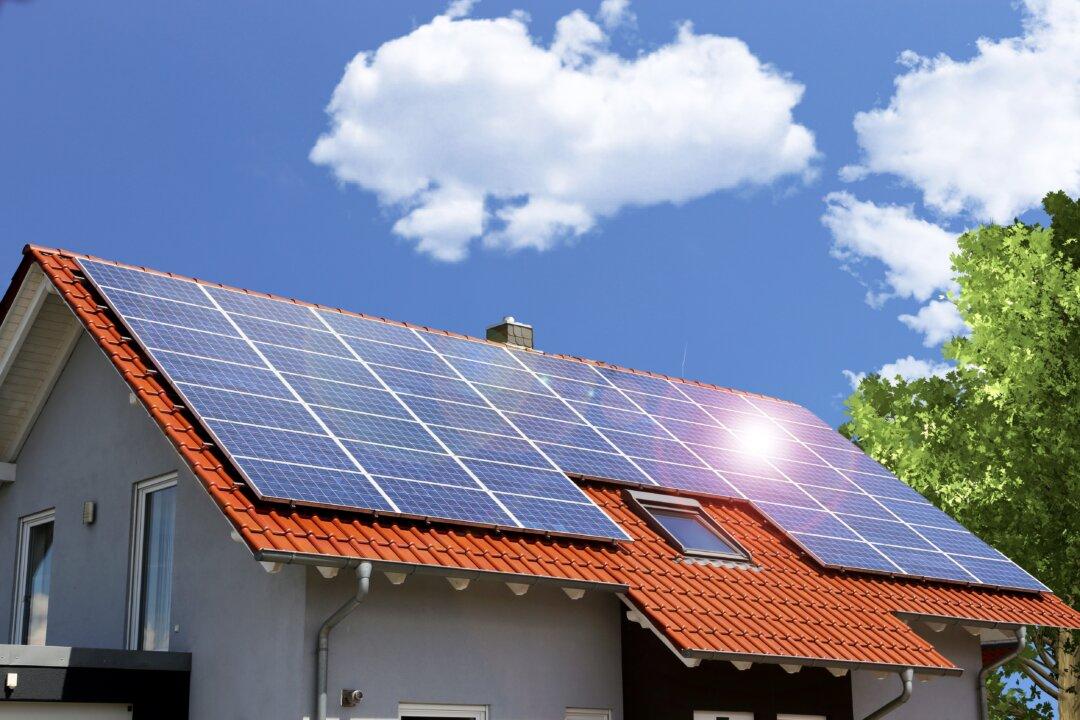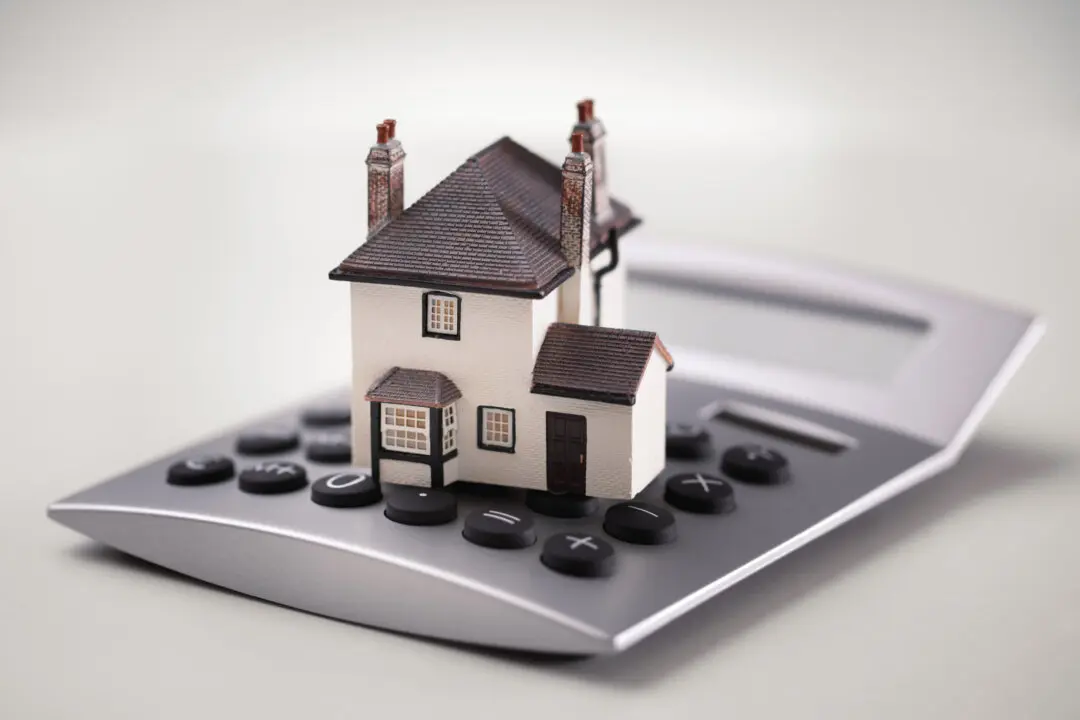By Robyn A. Friedman
From Kiplinger’s Personal Finance
If you’re thinking about converting your home to solar power, you have plenty of company. According to the U.S. Department of the Treasury, more than 750,000 families who filed 2023 tax returns through May 23, 2024, claimed residential energy tax credits for rooftop solar, reporting more than $20.5 billion in qualified solar-electric property expenses.






